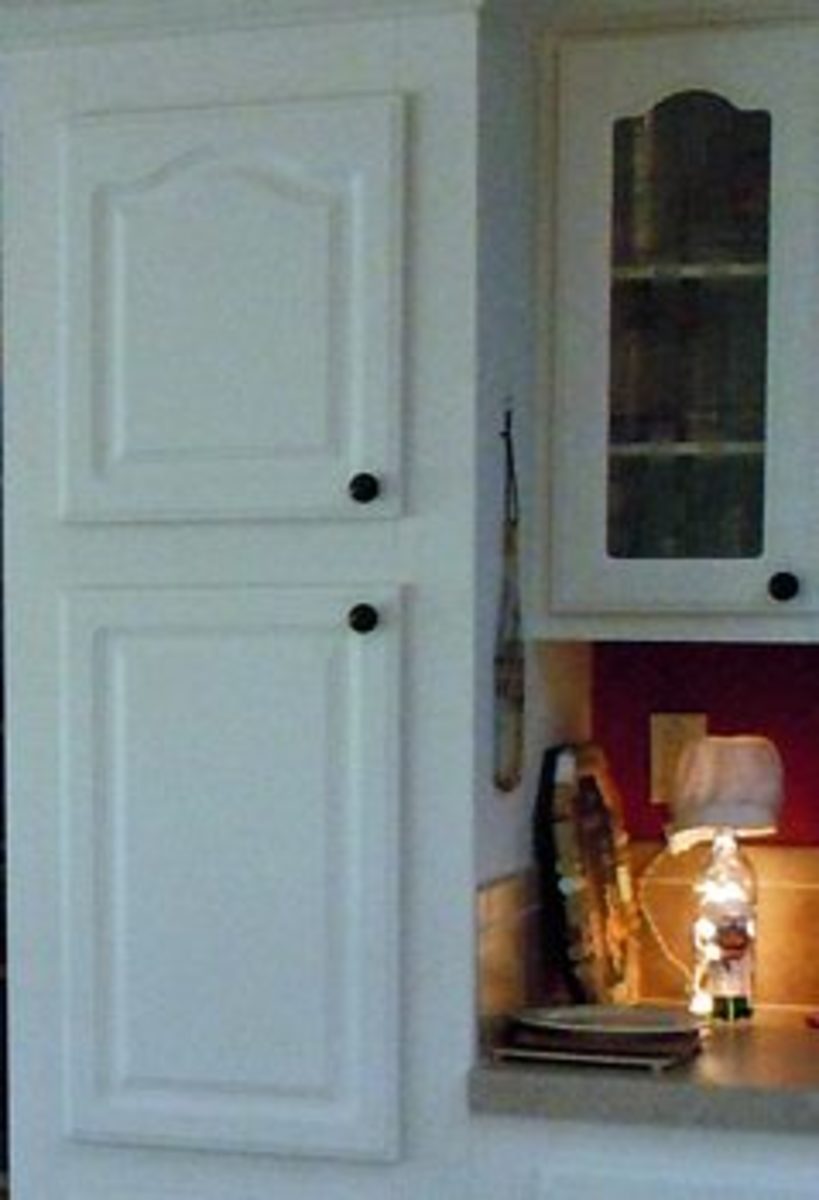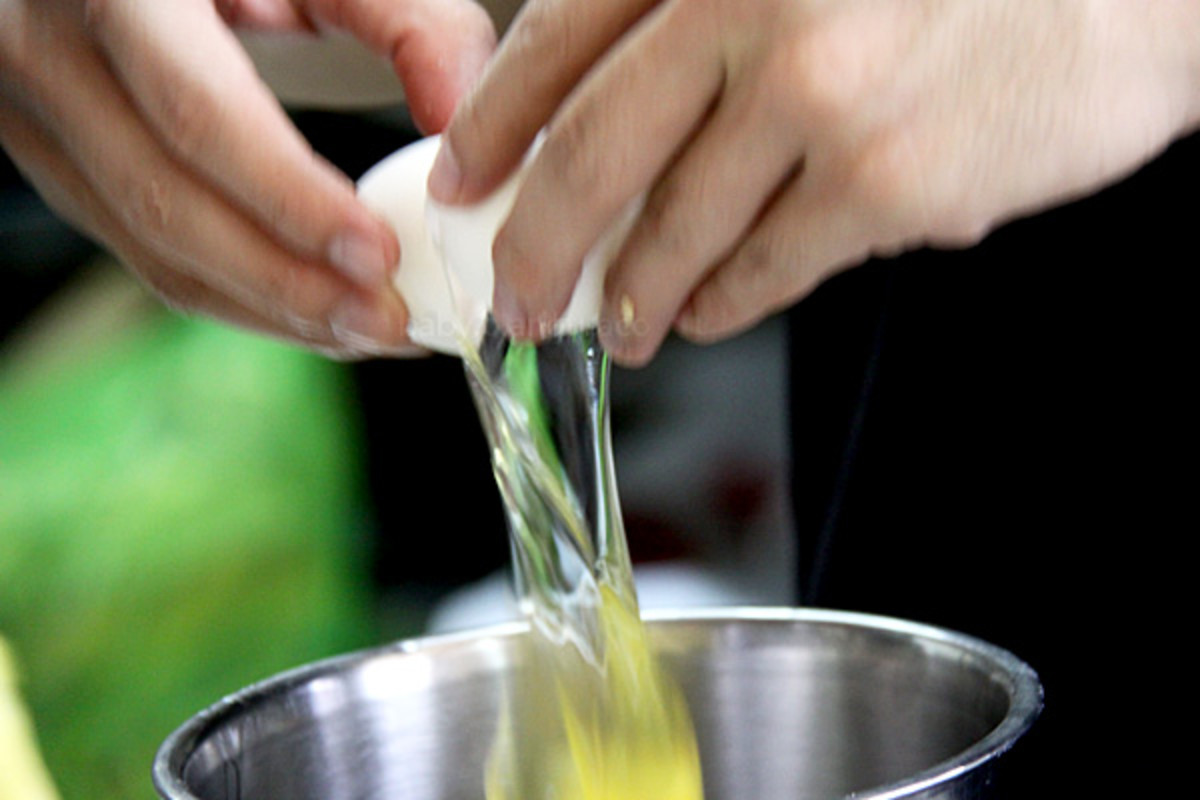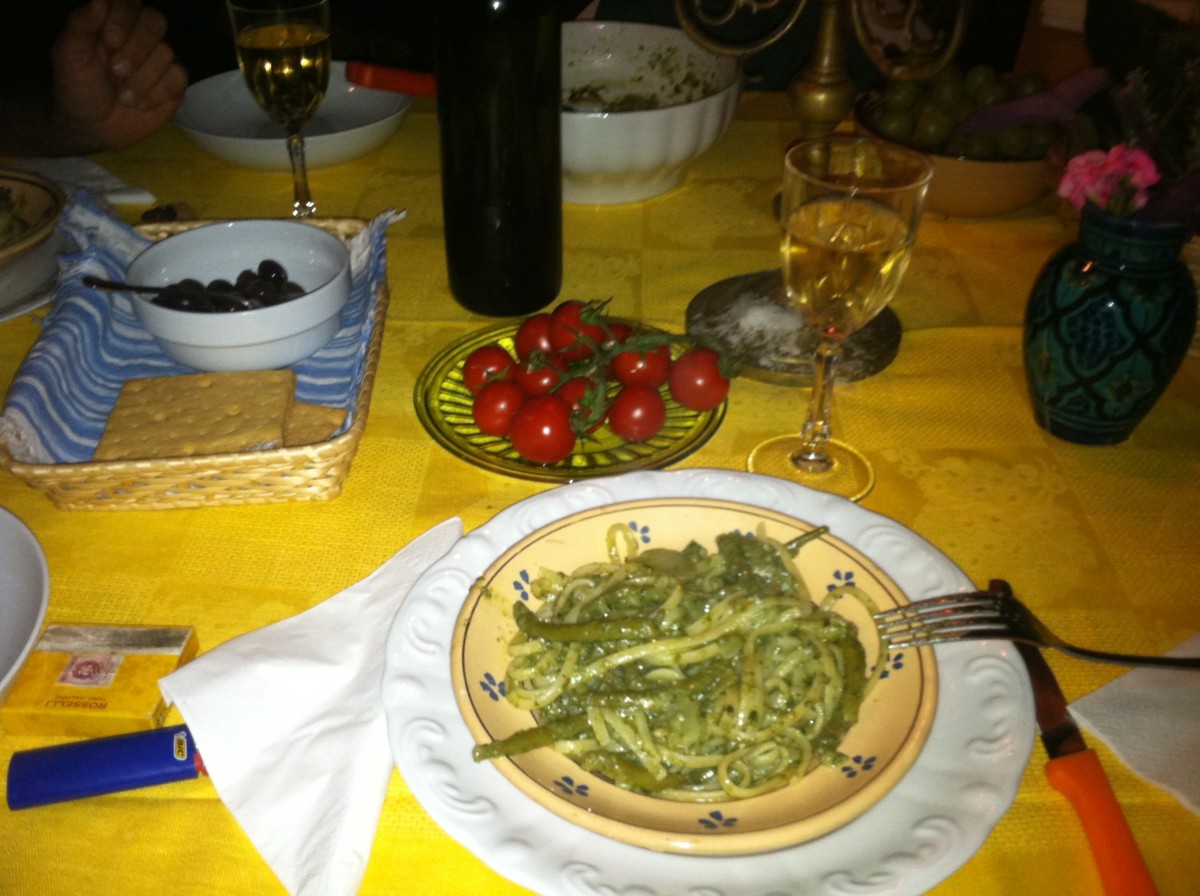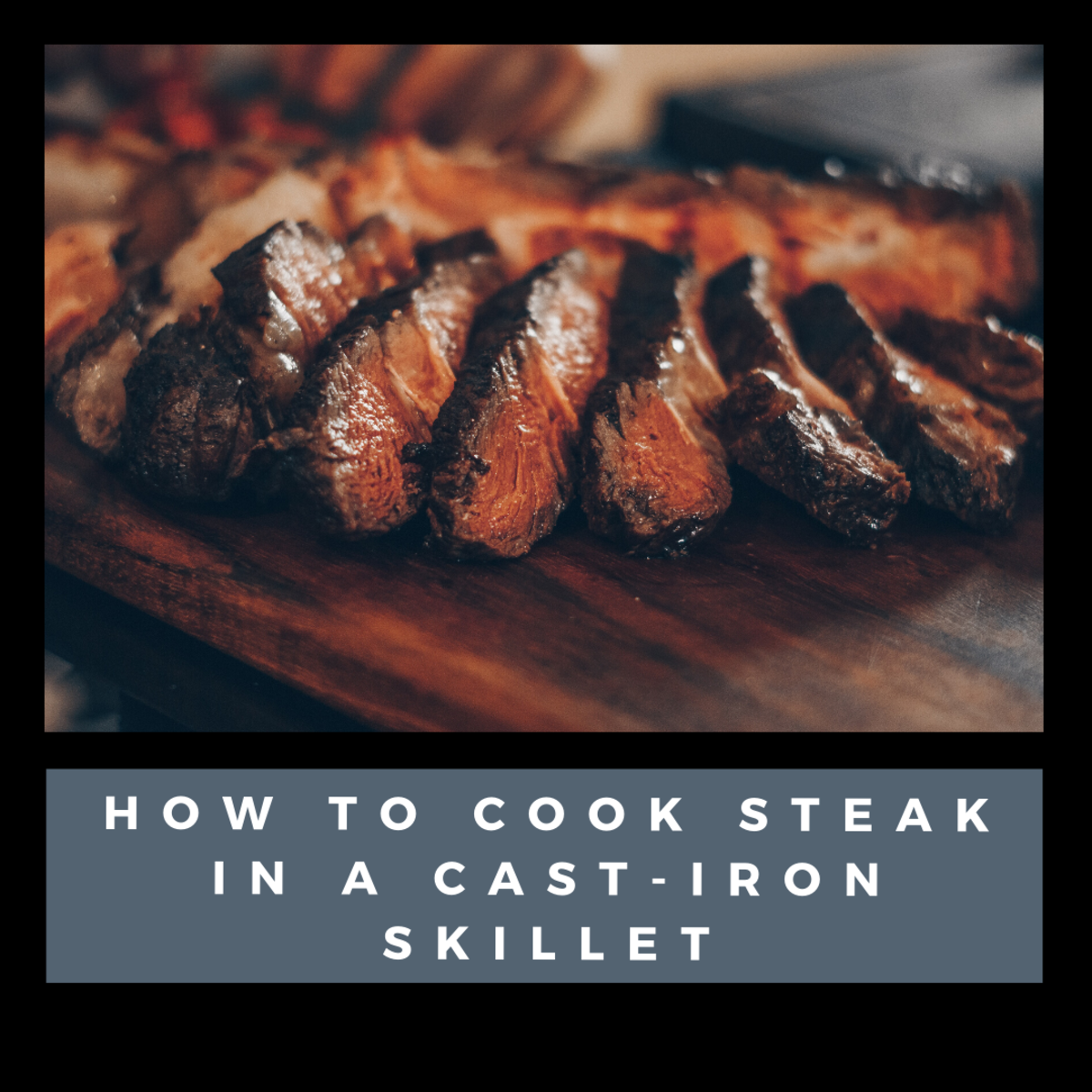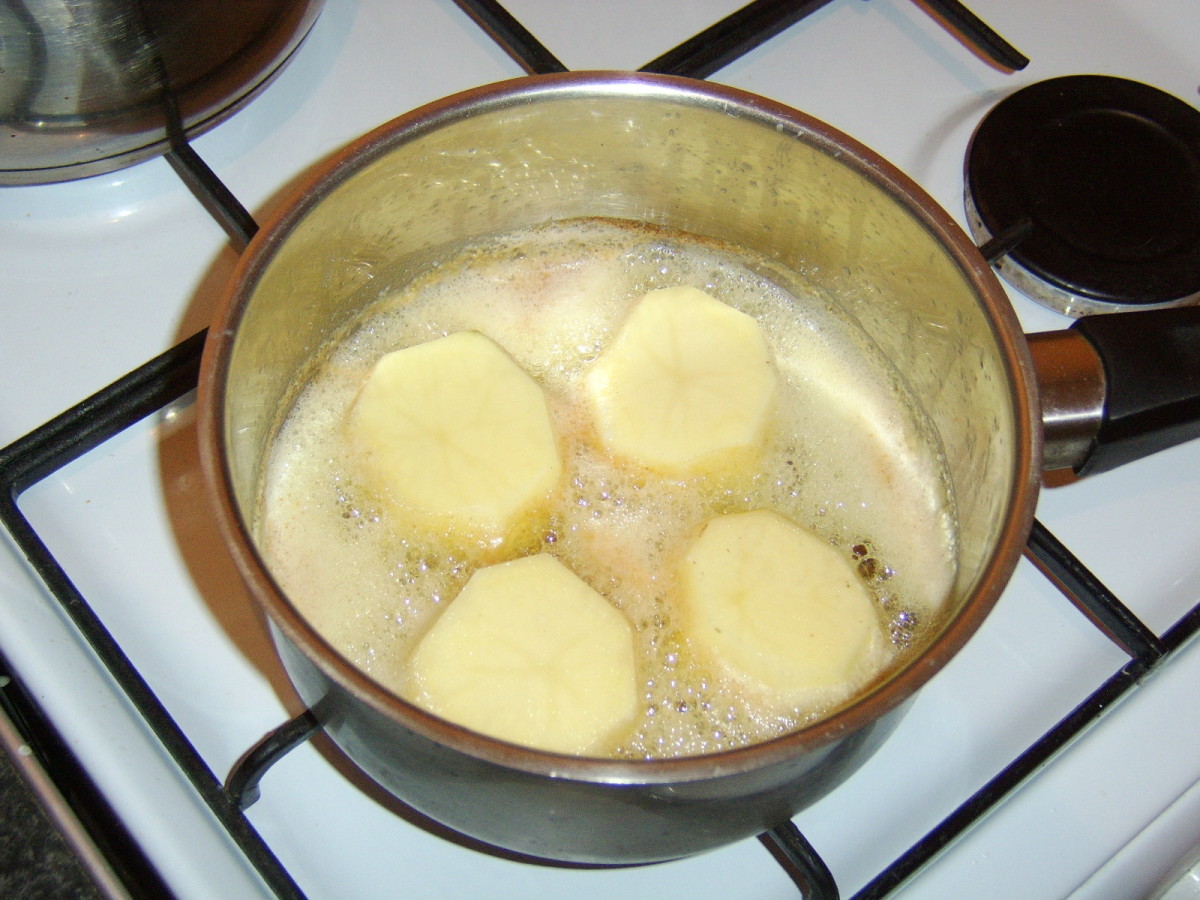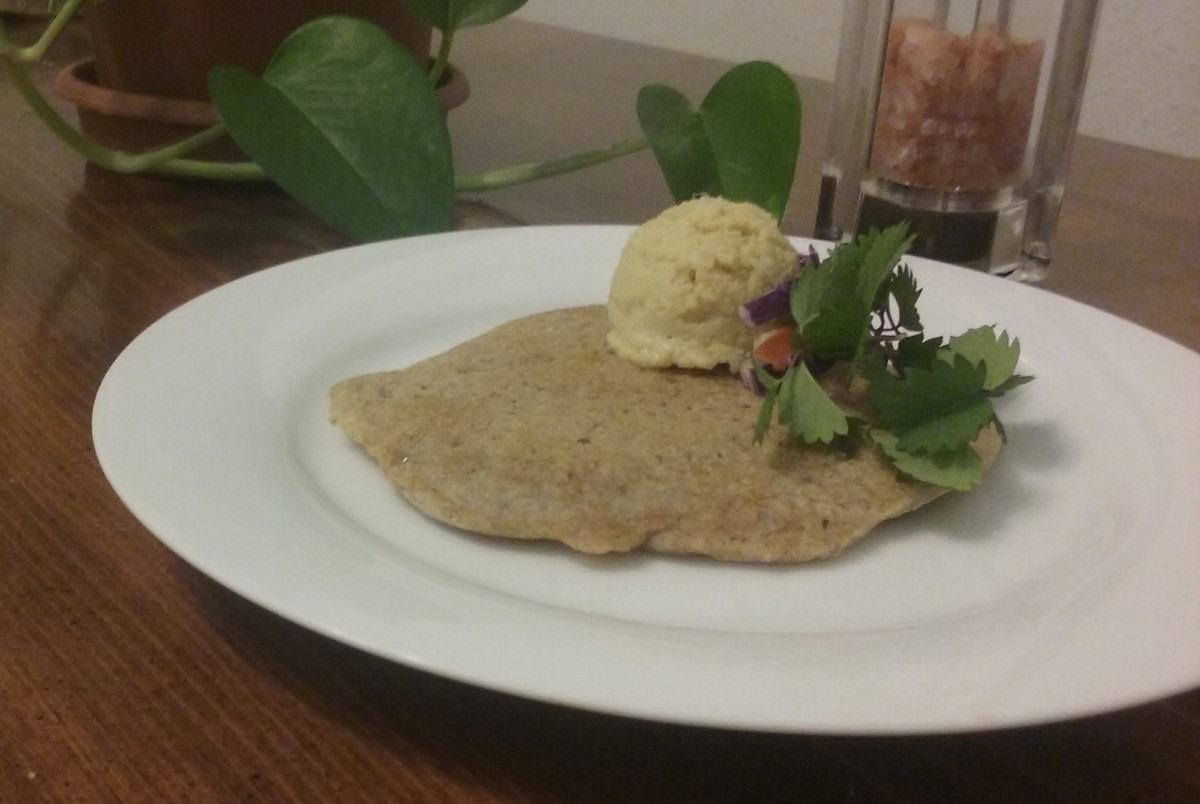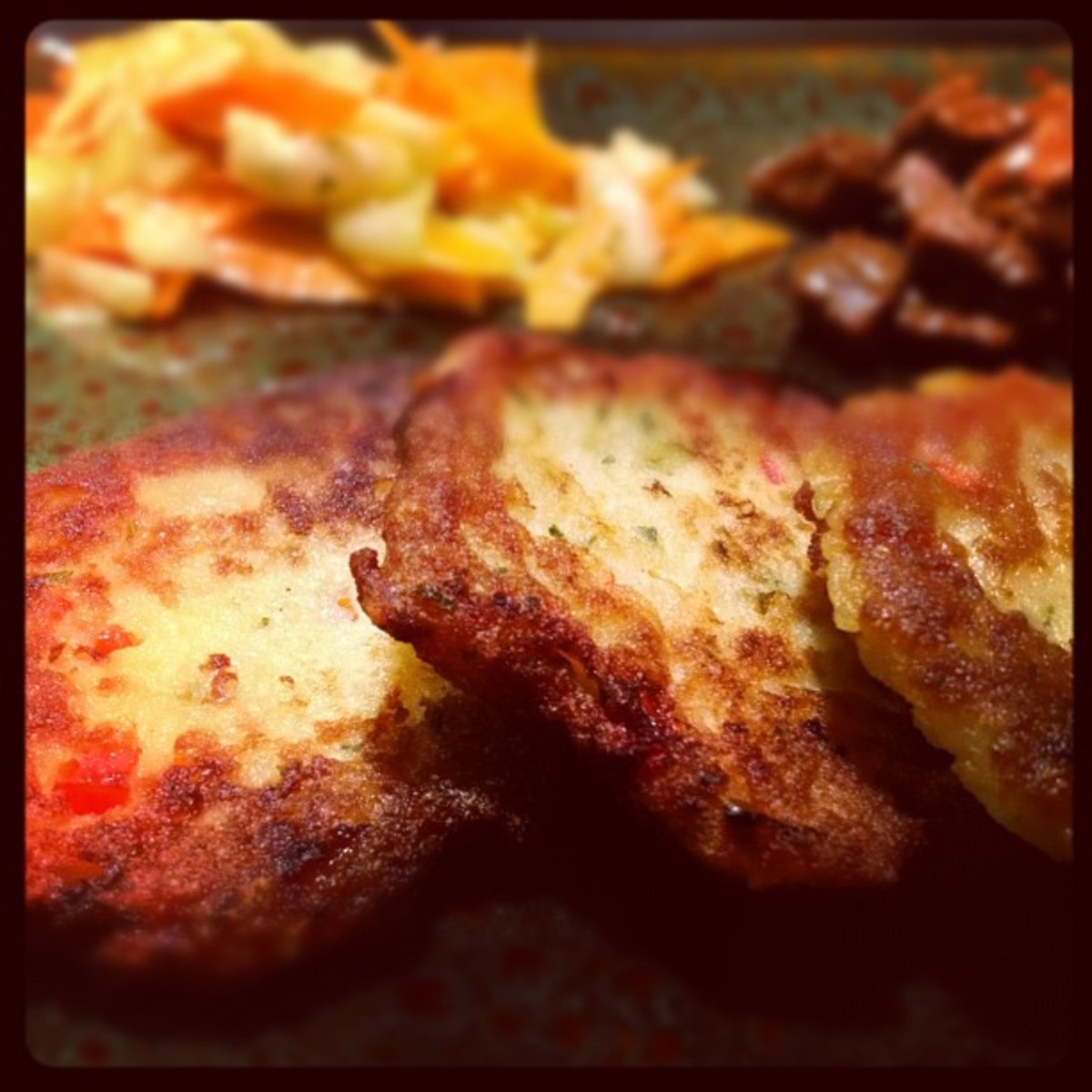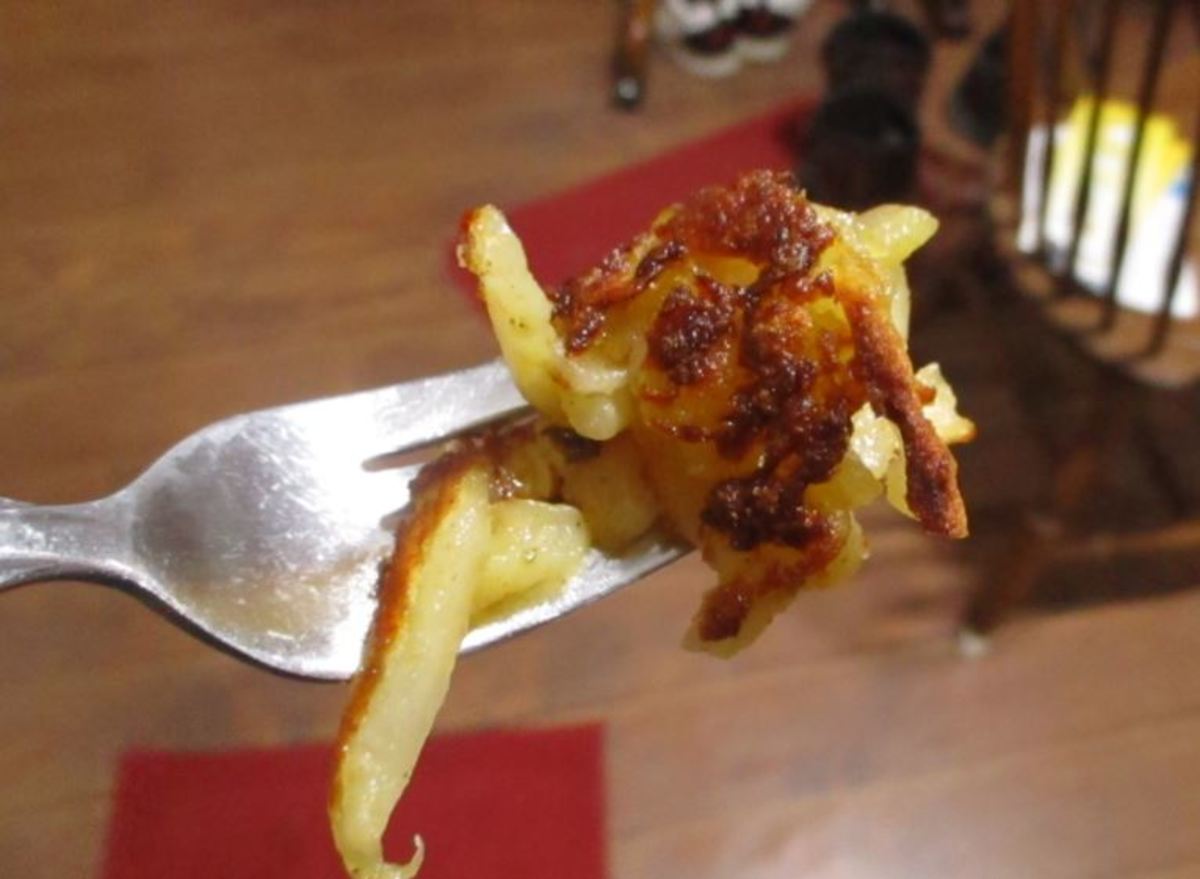How to Cook Pasta Like a Pro
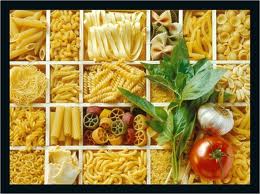
What Is "Al Dente," and How Do I Achieve That?
There is a pasta for every day and there are no doubt some that you have never heard about. Dollars to donuts, I haven't heard of all of them, either, but I can tell you how to cook a great pasta. The best way to cook it is al dente, which is Italian for "to the bite." When we cook our pasta, we surely don't want it mushy, but would like to have it with just a bit of chewiness, and would like it to hold its shape. I'm a firm (pun intended) believer in a rapid cooldown, too, which will keep your pasta from continuing to cook when removed from hot water. I fill my sink with cold water and plenty of ice surrounding my colander. Drain the pasta, then put it in the cold bath while stirring and immersing the pasta.
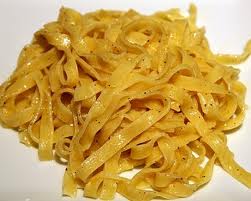
Cooking the Pasta
Put your pasta in boiling water in a large pot, so that it is able to be stirred. The main objective is to keep it from sticking together or clumping. It it sticks together it will not cook well. I don't use salt or oil in my cooking water. Salt is not needed and it really isn't good for you. Plenty of our processed foods contain more than enough salt for the daily requirements. Why add oil? Oil and water don't mix, so it is a moot point. The key to good pasta is to keep it moving in the water. The most critical time is when it is first introduced to the water.
For those of you that like fettucine, it is the most notorious for sticking together. No matter what you do, you will lose some of it to clumping. Again, keep the water and pasta moving, and it is most critical in the first minute and a half of cooking.
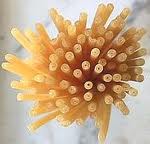

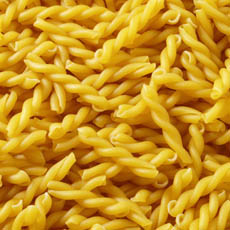
The other pastas are much easier to cook than fettucine without sticking. There are many other pastas to choose from including some of my favorites, which are farfalle(bow tie pasta), bucatini(which has a hole in the center of it, and it has ridges), and capellini(angel hair).
It is best to put olive oil on the long pastas, like linguine, spaghetti, capellini, and bucatini to keep them from sticking, but there is no need to do that with the small pastas, since they are easy to separate and won't break. The small pastas are farfalle, rotini, ziti, and tubetti.
There are literally dozens of pastas that are made, not necessarily readily available, but you can have fun searching for others like malloreddus, penne, gramigna, and radiatore.
As you can see, many of these pastas are very creative, and have interesting shapes. With shapes like some of these, the children will have no trouble eating them. Remember, don't play with your food. Does that bring you back to when you were a kid?
The Days of Long Ago
So maybe this brings you back to the good old days when you were a kid in mom's Italian kitchen that smelled of herbs and spices, garlic, and was filled with long pasta in old fashioned tall jars. Maybe Old Blue Eyes was singing on the radio or on one of the records on the stereo. I'll bet that if you close your eyes and breathe in, you can almost smell the smells of yesterday and hear the songs that your parents liked. It wasn't that long ago...


